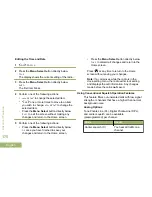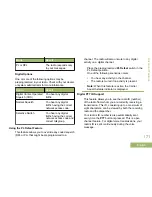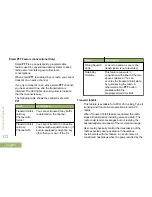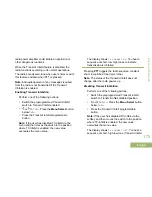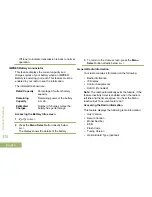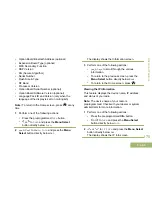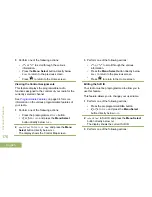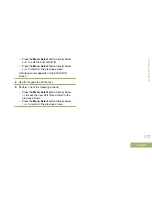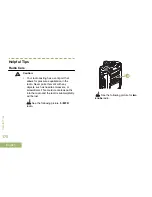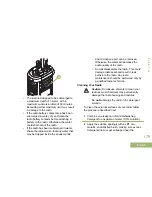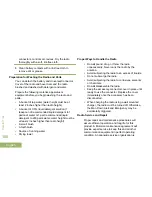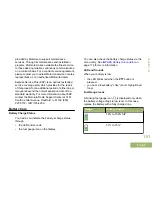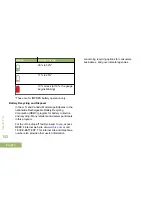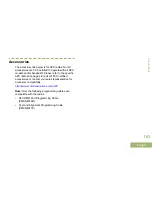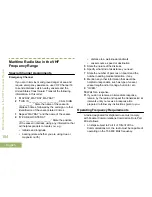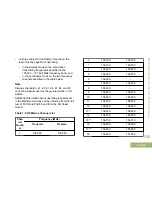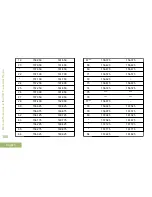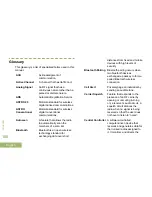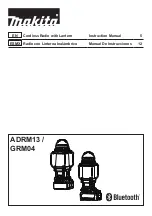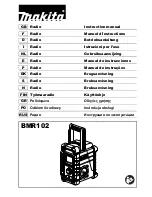
Maritime Radio Use in the VHF
Frequency Range
Special Channel Assignments
Emergency Channel
If you are in imminent and grave danger at sea and
require emergency assistance, use VHF Channel 16
to send a distress call to nearby vessels and the
United States Coast Guard. Transmit the following
information, in this order:
1
“MAYDAY, MAYDAY, MAYDAY.”
2
“THIS IS _____________________, CALL SIGN
__________.” State the name of the vessel in
distress 3 times, followed by the call sign or other
identification of the vessel, stated 3 times.
3
Repeat “MAYDAY” and the name of the vessel.
4
“WE ARE LOCATED AT
_______________________.” State the position
of the vessel in distress, using any information that
will help responders to locate you, e.g.:
• latitude and longitude
• bearing (state whether you are using true or
magnetic north)
• distance to a well-known landmark
• vessel course, speed or destination
5
State the nature of the distress.
6
Specify what kind of assistance you need.
7
State the number of persons on board and the
number needing medical attention, if any.
8
Mention any other information that would be
helpful to responders, such as type of vessel,
vessel length and/or tonnage, hull color, etc.
9
“OVER.”
10
Wait for a response.
11
If you do not receive an immediate response,
remain by the radio and repeat the transmission at
intervals until you receive a response. Be
prepared to follow any instructions given to you.
Operating Frequency Requirements
A radio designated for shipboard use must comply
with Federal Communications Commission Rule Part
80 as follows:
• on ships subject to Part II of Title III of the
Communications Act, the radio must be capable of
operating on the 156.800 MHz frequency.
Maritime Radio Use in the VHF Frequency Range
184
English

